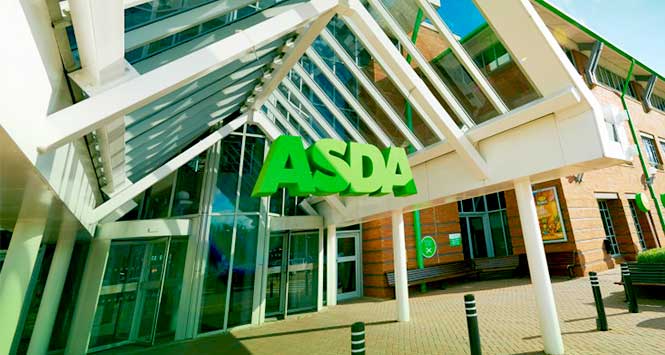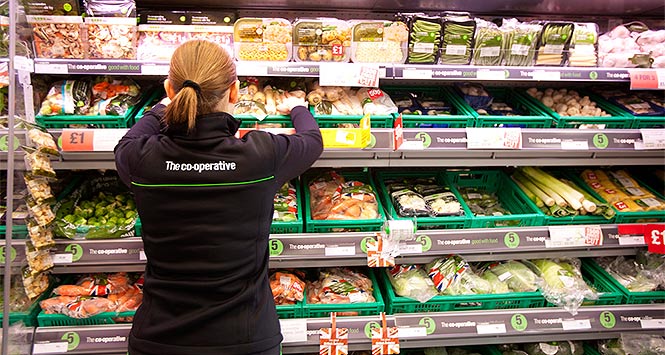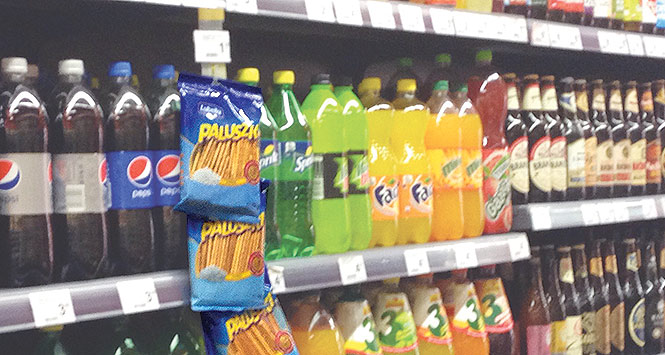The ability to pay at the pump has been singled out as the most important factor for consumers in helping them choose which forecourt to use – which presents forecourt retailers who are keen to drive customers into their store with a major challenge.
by Antony Begley
For years, smaller retailers have built their businesses on being the one thing that supermarkets can’t be: convenient. Getting into the store, making purchases and getting back on their way takes seconds in a convenience store. Just the way customers like it. In recent years, forecourt retailers have increasingly capitalised on this business model, so much so that the majority of forecourts these days are more reliant on the attached convenience store than the fuel sales themselves.
So what happens when consumers demand the ultimate in forecourt convenience – pay at the pump facilities? That’s a tricky one.
By offering a pay at the pump option, retailers are allowing customers to drive off without even entering the store, never mind making purchases. By not offering pay at the pump, retailers risk not even getting the customers to come to their forecourt in the first place.
“There’s no doubt that a major potential area for growth for this year and next is in outdoor payment terminals,” says Jon Dunman, Fuel & Convenience Vice President at Torex. “By offering customers the ability to pay outside of normal trading hours forecourts will be able to boost their incomes dramatically. This is particularly true in more rural areas where there’s a long distance between towns and villages.”
The importance of location is particularly poignant in Scotland with a clear disctintion existing between urban and rural forecourts. In the major conurbations, forecourts tends to have c-stores attached while in more rural areas, with fewer forecourts and longer travelling distances between them, the outlets tend to play a wider role and sit more squarely at the heart of the communities they serve.
“This presents rural forecourt operators with a massive opportunity if they can take advantage of it,” says Dunman. “In 2012 in particular, with the difficult economic environment making it tricky to invest, there should be a real focus on what benefits forecourts can bring to local communities, recognising the things that are needed.
“From a fuel perspective, with travel times higher than elsewhere in the country, good forecourts can attract loyal repeat customers who don’t mind the product margins being slightly higher for the convenience of getting that product.”
Dunman reckons that forecourt operators don’t need to assume that margins need to be tight to compete on price, as the benefits of hunting for the cheapest price will be negated by the cost in travelling to the next station.
In more urban areas, however, can retailers hope to compete against the multiples? Dunman believes they can, but they have to be canny in how they go about it. “Supermarkets are increasingly selling more fuel, but typically these are standalone petrol forecourts with no convenience operation, thanks to the big supermarket next door. It is never going to be possible to compete on price with the multiples, so the focus should be on convenience and cross-selling to fuel customers.”
Which brings us neatly back to the pay at the pump conundrum. Dunman admits that there is a challenge there, but still believes that giving the customer what they want is the key to success.
He says: “Outdoor payment terminals are a particularly effective investment, speeding up transactions and making life easier for customers. What’s more, they also help improve your security by mitigating against the risk of drive-offs.
“If you own a forecourt, now could be an excellent time to invest in improving the facilities, services and surroundings, which could do a lot to improve customer satisfaction and loyalty. Despite the gloom about the economy, most people are still employed, which means that they are still going to be driving their cars and there will be demand for petrol and food. Success in this climate only requires a forecourt site to be better and more efficient than the competition to enjoy a lift in turnover.”
Pay the pump is just the latest challenge to forecourt retailers in what was already a fiercely competitive market but as always it seems that giving customers what they want and a policy of continued investment will go a long way to keeping the business ticking over, particularly for those in rural areas.
Considering symbols
One option for forecourt retailers is Best-one. Since Bestway’s symbol offering set up in Scotland two years ago, the business has brought fresh thinking, true independence for retailers generally and Best-one has already seen over 60 independents join up, including those with shops on petrol forecourts.
Of course one of the key points for any retailer is independence and it is something that the people at Best-one are able to reassure newcomers about and which is key to making the working partnership really become a big success. From the moment retailers join the group and meet their local business development executive they are helped along the way.
A number of its BDE’s possess first-hand experience of independent retailing and are totally dedicated to delivering support to the membership. Their first discipline is to draw up a plan of action. Then they will provide ongoing support advising on anything and everything to make the member’s business run more effectively and profitably.
“It is never going to be possible to compete on price with the multiples, so the focus should be on convenience and cross-selling to fuel customers.”
Jon Dunman, Torex
Phillips 66 enters UK market
ConocoPhillips has changed its company name to Phillips 66 following the global repositioning of its upstream and downstream operations to create two independently operated companies, although the company will continue to market its fuel brand in the UK as Jet.
As a result of the repositioning, Phillips 66 is now focused on downstream refining, marketing operations and trading in the UK.
“Although the name Phillips 66 may be new to many in the UK sector, [the brand] already has a rich heritage in many countries across the world,” says Pete George, Manager, UK and Ireland Marketing . “This, combined with the assets we already have in place and the unrivalled expertise and knowledge of our people, ensures we are launching from a position of strength that few in the marketplace can match.”
A key part of Phillips 66’s global refinery portfolio, the Humber Refinery, is one of the most advanced in the world. Since its construction in the early sixties, it has been the focus of hundreds of millions of pounds of investment.
Phillips 66 has a diverse range of customers spanning a number of sectors, including resellers and supermarkets, as well as Jet’s 350-strong network of independently operated forecourts.
68.2% Consumers who most frequently fill up at a supermarket






